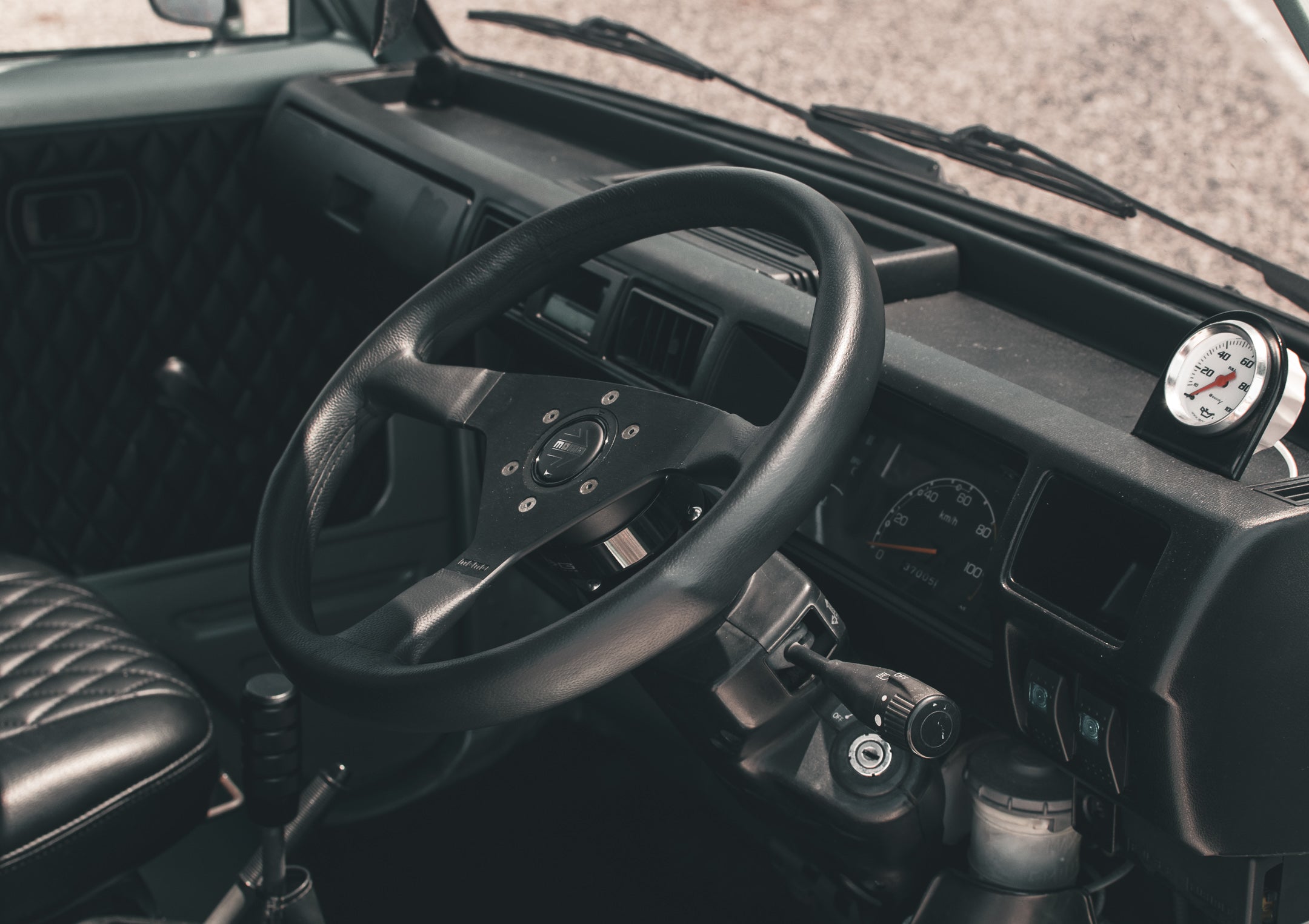Shop Subaru Sambar KS3, KS4 Parts Now
The 1999 Subaru Sambar
The 1999 Subaru Sambar is a vehicle that oscillates between the realms of nostalgia and practicality, a peculiar blend of innovation wrapped in a boxy frame. It’s a testament to an era when cars were built not just with functionality in mind, but with a dash of the unexpected. As someone who grew up in the shadows of Japanese automotive culture, with a father who dedicated over half a century to the giants Toyota and Nissan, the Subaru Sambar is a subject that resonates with deep personal and professional intrigue.
The Automotive Battleground of the Late 20th Century
In the late 20th century, the automotive industry was a battleground of giants. Cars were not merely about getting from point A to point B; they were cultural touchstones, reflections of societal shifts and industrial prowess. Amidst this backdrop, the 1999 Subaru Sambar emerged, a vehicle that, while perhaps not as celebrated as its contemporaries, carved out a niche all its own.
Subaru's Commitment to Pushing Boundaries
The Sambar stands as a testament to Subaru's commitment to pushing boundaries, a microvan that defied expectations with its Kei car classification in Japan—a category reserved for vehicles of diminutive size but outsized ambition. With a 660cc engine, the Sambar was not about horsepower; it was about utility, ingenuity, and the kind of charm that only a vehicle of its ilk could possess.
A Frequent Sight on Japanese Streets
My father often regaled me with tales of how the Sambar was a frequent sight on Japanese streets, a reliable companion for small business owners, urban dwellers, and anyone who appreciated the art of efficient design. It was a vehicle that embraced its identity, and in doing so, earned the respect of a nation. The Sambar's versatility was unmatched; it was as comfortable hauling produce from rural farms as it was navigating the narrow alleys of Tokyo.
A Relic of a Bygone Era
The 1999 model, in particular, is a relic of a bygone era that continues to capture the imagination of automotive enthusiasts today. Its design was unapologetically boxy, a nod to functionality over form, yet it possessed an endearing quality that made it stand out in a sea of increasingly homogenized vehicles. It was a celebration of quirkiness in an industry that often shunned such traits.
Schedule Your Import Consult and Purchase Kei Trucks Direct From Japan
Features Ahead of Its Time
Underneath its unassuming exterior, the 1999 Sambar housed a host of features that were ahead of its time. It boasted Subaru's famed all-wheel-drive system, providing stability and traction that belied its size. For those navigating Japan’s often unpredictable weather, this was more than a mere convenience; it was a necessity.
The Joy of Simplicity
Driving the Sambar was an exercise in simplicity. It was not about speed or luxury; it was about the pure, unadulterated joy of motoring. There was a certain satisfaction in maneuvering a vehicle that felt inherently connected to the road, a sensation that is often lost in the technologically saturated cars of today.
A Legacy in Automotive History
But perhaps what is most remarkable about the 1999 Subaru Sambar is how it has survived in the hearts and minds of those who appreciate automotive history. It represents a bridge between generations, a tangible link to a time when cars were imbued with personality, each with a story to tell. It is a reminder that innovation does not always come in the form of radical change but can instead be found in the refinement of the familiar.
A Special Place in the Heart
As someone who has spent countless hours delving into the annals of automotive history, the Sambar holds a special place in my heart. It is a vehicle that challenges the status quo, that defies expectations, and that embraces the idiosyncrasies that make it undeniably unique. For those of us who understand the deep cultural significance of such vehicles, the 1999 Sambar is not just a car; it is a legacy.
Lessons from the Past
So, as we navigate the modern automotive landscape, let us not forget the lessons of the past. The 1999 Subaru Sambar teaches us that innovation is not merely about the new but also about the thoughtful evolution of the old. It stands as a reminder that in a world obsessed with progress, there is still value in celebrating the quirks that make us—and our vehicles—truly human.


